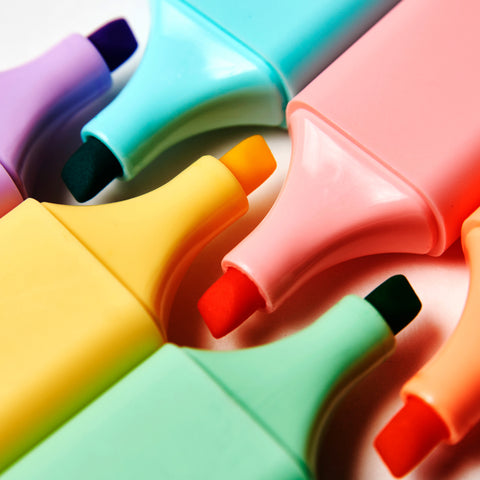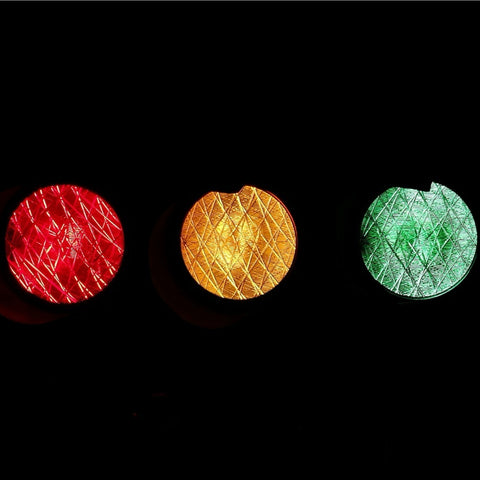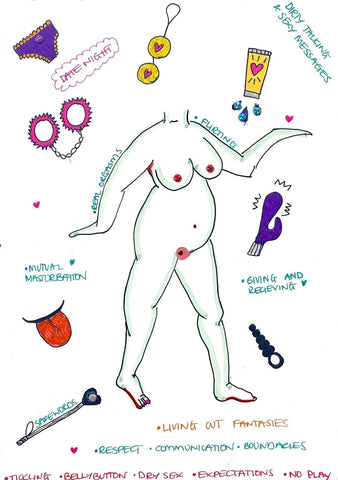In our roles as trusted sex educators, we have the honour of spending time with women & vulva owners who are happy to share their experiences with us. Over the years, we have met women & vulva owners living with or beyond cancer, survivors of sexual violence or FGM, and folks with Vaginismus, for example. These wonderful humans share their stories with us, and from this, we gain a better understanding of some of the issues they face. From here, we can help with practical solutions when someone is ready to enter the world of pleasure again.
Back Story
We initially created this body map exercise for a session with the lovely gals at Cancer, Sex & Intimacy as a practical for women living with and beyond cancer. For this particular session, we wanted to create a visual representation of erogenous zones for those who may have had the more obvious zones (like breasts or vulva) altered or completely removed.
We practised the practical body mapping for ourselves, and we found that we got really into it. Once we moved past the initial need to create something 'fabulous,' it became an internal dialogue and a calming, enjoyable exercise.
What is Body Mapping?
Creating a body map is a way of taking an external view of yourself. The aim is to bring a fresh perspective and look at your body with an open mind. Body mapping can help pave the way to restore arousal, sexual confidence and pleasure.
You might find that your body map becomes more of a pleasure map over time - an ongoing exploration of your body. Body mapping at different stages in your journey can be helpful as you’ll be able to see how your responses are changing.
Before we get stuck in with paper, pens and glitter, we want to point out that you don't need to have experienced trauma or life-altering experiences for body mapping to be helpful. Body mapping is for anyone who wants to take some time to think about their body and how it responds to pleasure.
Practical Body Mapping
It's important to keep in mind that certain erogenous zones may have changed due to past experiences, surgeries or treatments. These body parts may no longer exist, or they may not respond to stimulation in the same way they used to. Additionally, some body parts may have become completely off-limits. But it's important to remember that this is okay. The purpose of body mapping is not to force yourself to accept these changes straight away but rather to focus on the body parts that you feel comfortable with.
Creating a body map can be done in a few different ways, depending on your preference and energy level. For those who enjoy creative activities, colouring and other artistic elements can be incorporated into the process. But if that's not your thing, that's okay too. Simply focusing on the basics is still a great way to engage in body mapping.

Body Mapping Step 1: Draw Yourself
First, you need a blank canvas. Two A4-size pieces of paper are perfect. Draw an outline of your body - front and back. It doesn’t need to be accurate, and you don't need to be good at drawing - this is just a way of getting you to think about your body.
Renee: 'Personally, I found that I wanted to get my body shape into my drawing, so I found myself googling how to draw a round tummy. This isn't necessary - you can do a simple stick figure if you find that easier.'
Body Mapping Step 2: Sensual Exploration
Put your drawing aside for a while.
The next step of your practical body mapping is a sensual exploration of yourself. This can be done in bed, in the shower, in the bath… Anywhere you can relax and focus on yourself for a while.
List 10 areas you will touch and stroke with fingers or a vibrator - whichever you prefer.
Here are a few suggestions if you feel stuck: Head massage, neck, shoulders, chest, stomach, inside of thighs, vulva, buttocks, back of knees, feet.
Experiment with pressure. See how it feels when you touch the area gently vs with more pressure. Do you prefer one over the other? Does it make a difference as to how your body receives the touch?
During this session, you might find 3 areas that feel amazing to touch and 7 that don't tickle your pickle.
Don't worry about the 7 areas that you didn't enjoy touching - finding 3 body parts you like touching is a win! All that matters is finding body parts you like having touched and stroked.
The goal isn’t to have an orgasm whilst doing this - though you can if that's how it feels. This is more like wine tasting - try different flavours and see how you react to them.
Body Mapping Step 3: Colouring In
It's time to go back to your drawing.
Think about which body parts you liked touching during your sensual exploration. Think about how much (or little) you enjoyed touching them, and colour your Body Map according to what you found.
Red, green & yellow are universally recognised as Stop / Go / Slow Down, but you can use any colours you like for your map.
Renee: 'I found that yellow doesn't feature much on my map - I either like something, or I don't. You might find your map has lots of yellow - and that means there is lots of potential for those areas to turn green in time.'

Body Mapping Step 4: Grading Body Parts
On your map, grade each body part you touched from 1 to 10.
- 1 = Didn't like it and don’t want to do it again.
- 10 = Loved it and want to do it again!
You might find that your map changes over time. Or you might find that you can cultivate erogenous zones - maybe yellow zones will eventually become green.
Arousal changes how the nervous system processes sensations. You might find that an area rated yellow/4 at first may become a green/7 over time.
If an area is rated red/1, there is probably no need to go back and try to change it. It's perfectly ok to have areas you don't want to touch or don't enjoy having touched.
Using Your Body Map As A Tool For Intimacy
If you have experienced trauma, sex with a partner can be very tricky to navigate. We are conditioned to think of 'sex' as penis-in-vagina (or dildo-in-vagina), and it can feel like a failure if you are unable to enjoy this with your partner. In reality, sex is so much more! Sexual pleasure can be kissing and touching and massages and playing with sexy toys...
This is where your body map comes in handy. Taking the time to explore various body parts and how they react to stimulation will help you start a conversation with a partner.
We recommend starting the conversation in a non-sexual setting - when you are not having sex, trying to have sex or have just had sex. Talking about sex when you are aroused vs not aroused (and sober vs tipsy!) are two very different conversations.
If you feel able, show your map to your lover. Sharing what you have found about how you experience pleasure can be a great way to open up a conversation. This gives them a clear idea of green vs red zones when you are in bed together.

If your partner is game, they could do their own body & pleasure map, or you could do new ones together. This way, the discussion is equal. You can both be open and honest about what is pleasurable so you can move forward together. This allows you to rethink intimacy and what it means for you both.
Decoupage Masterpiece
If you don’t fancy drawing and colouring in, you can create a body mapping decoupage masterpiece instead. Cut out pictures and sentences from magazines and papers to express what is pleasurable for or in your body - and what is off-limits.
This is about exploring pleasure and expressing yourself, so there are no rules - whatever works best for you!



































